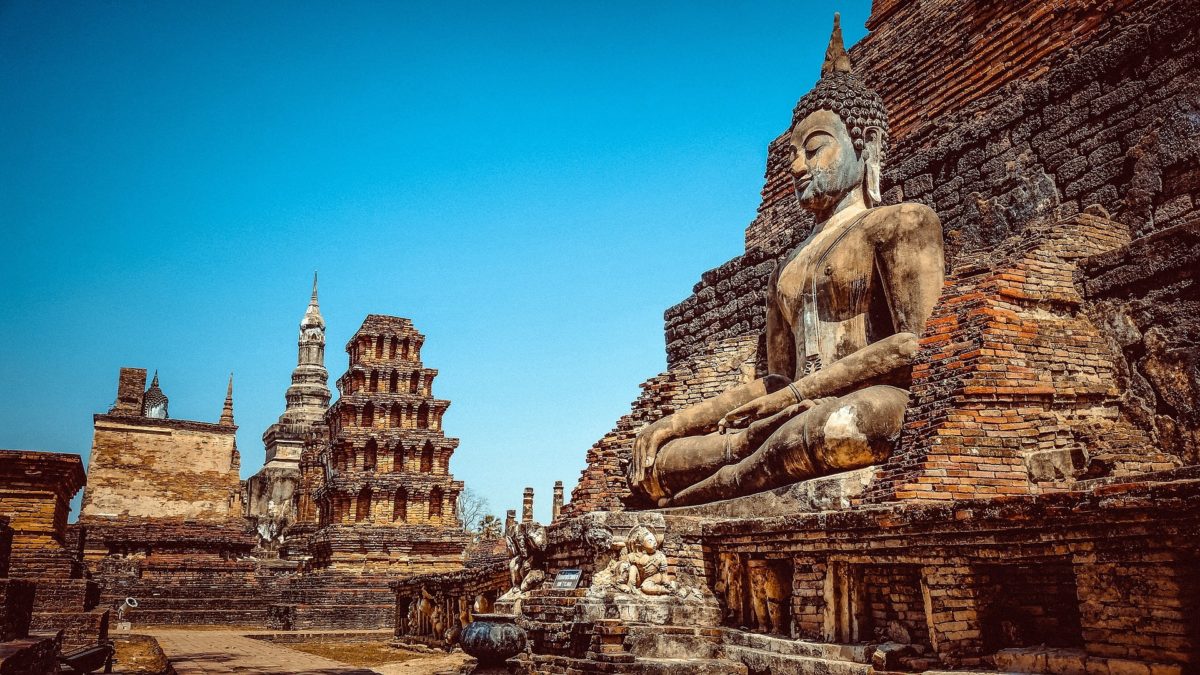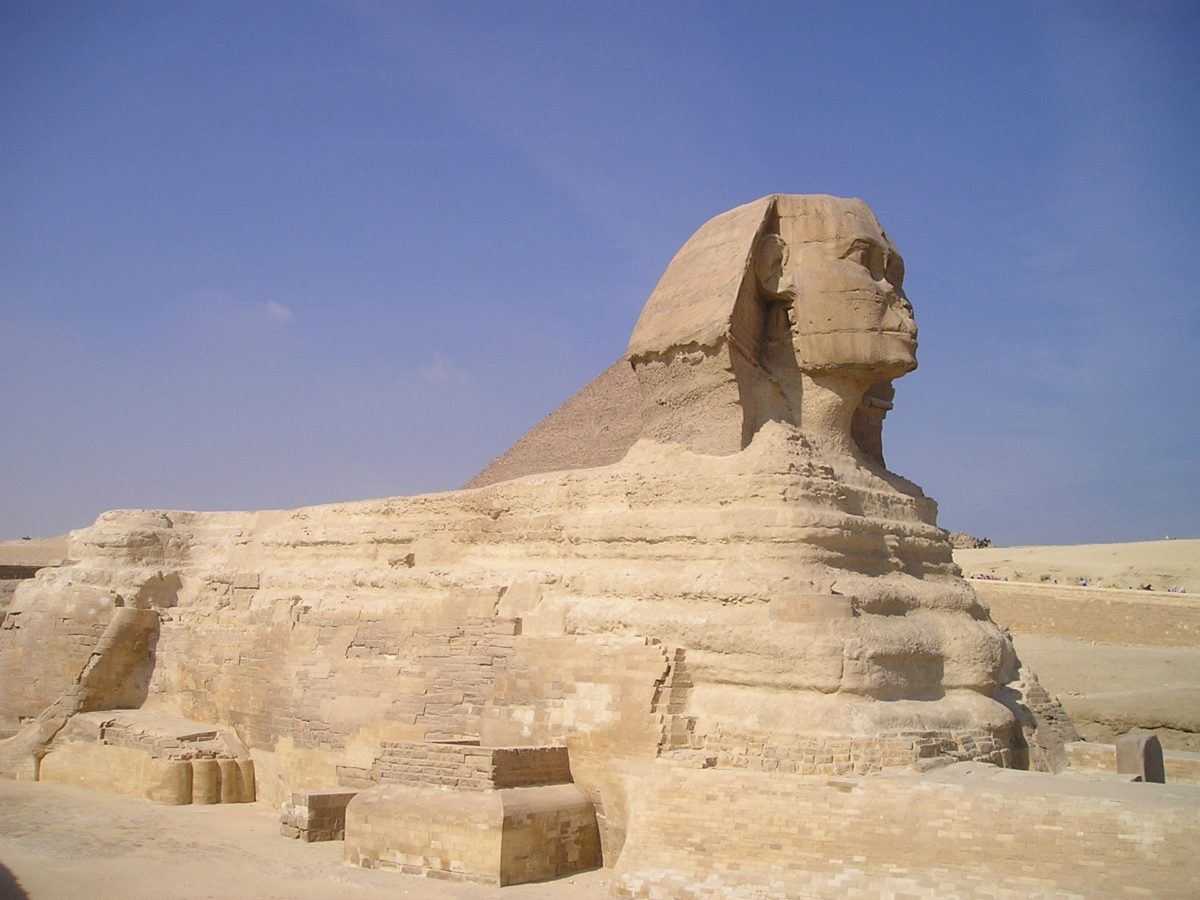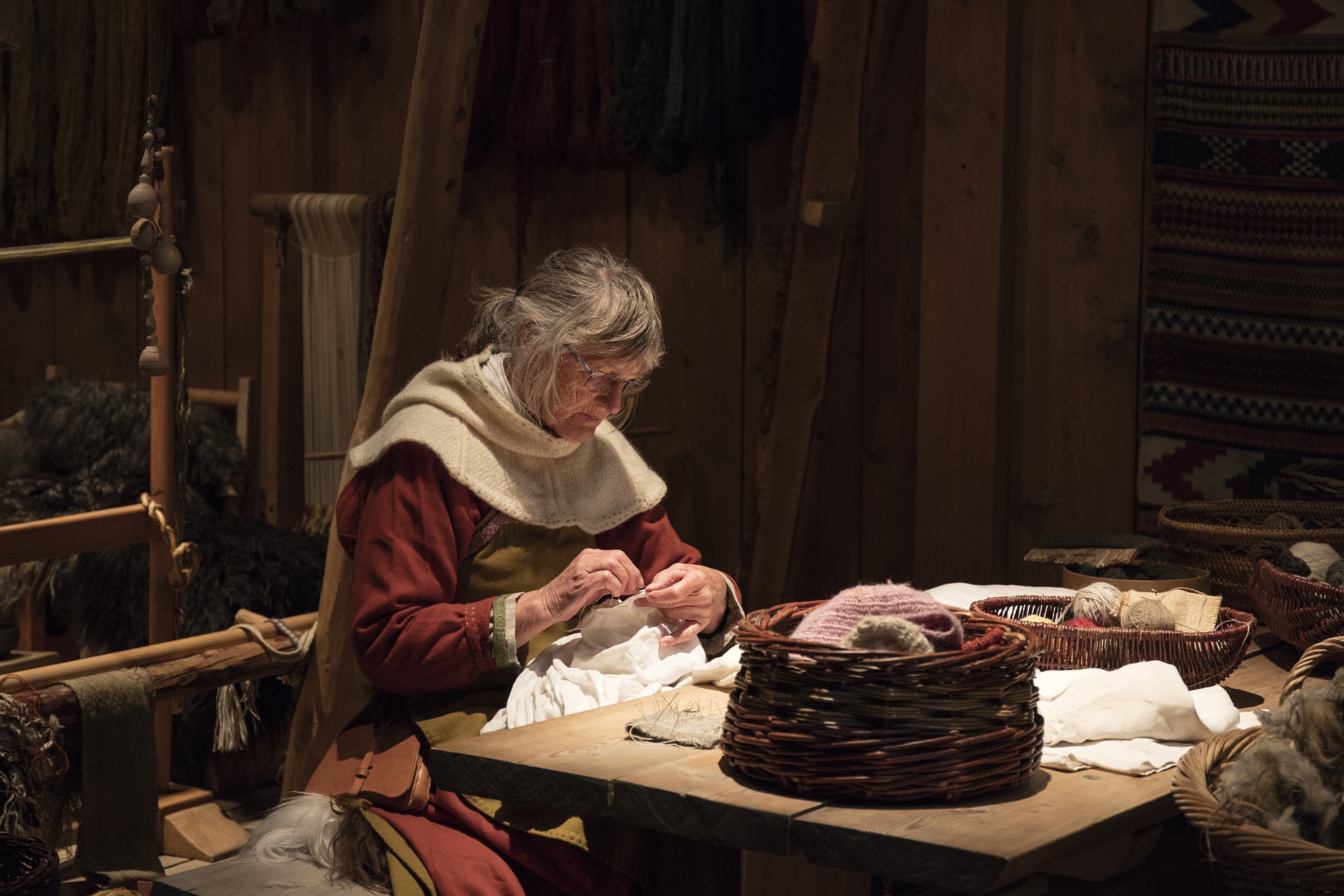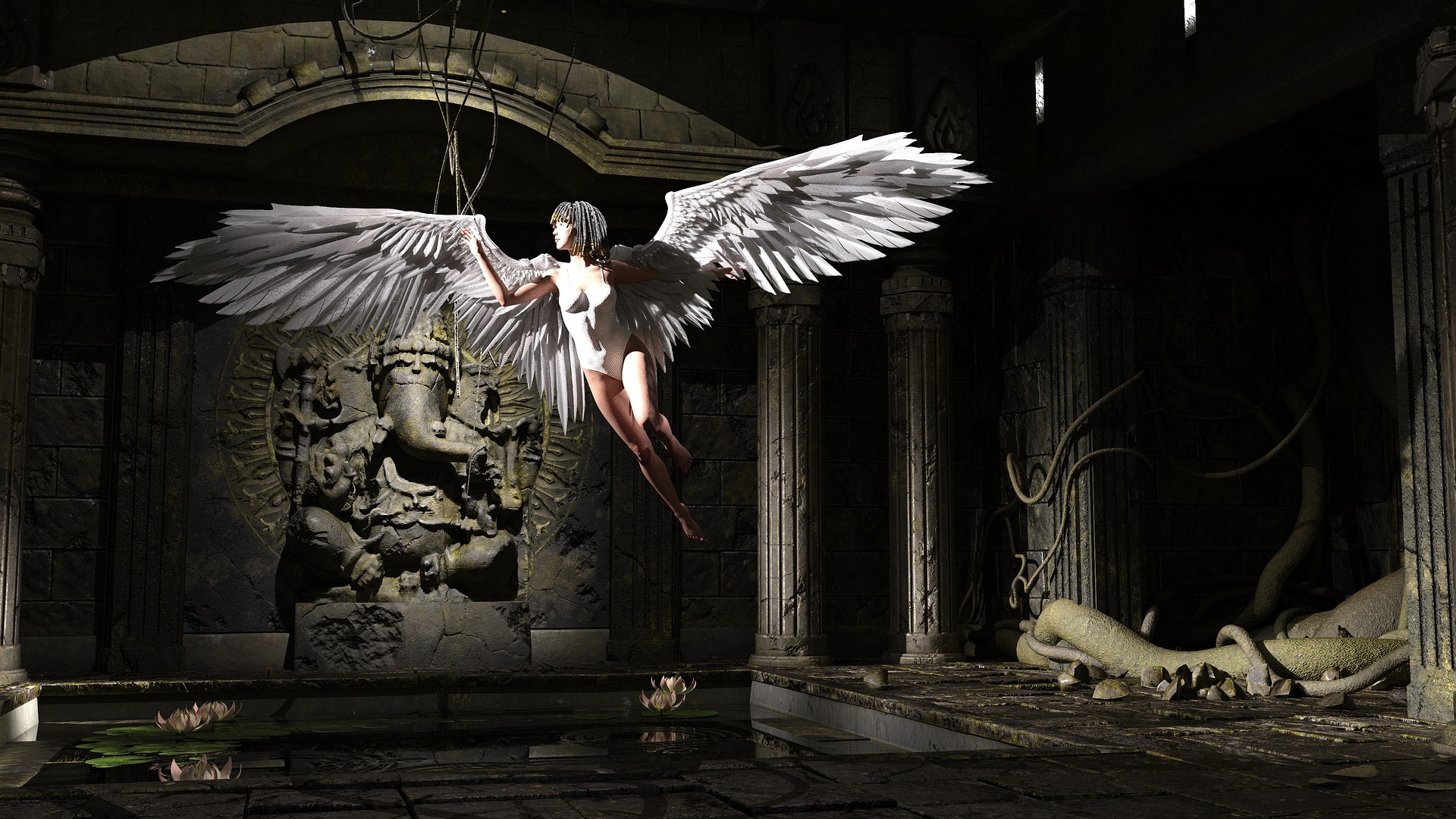Ancient history represents the foundation of human civilization, tracing back thousands of years to the earliest known civilizations. These ancient civilizations laid the groundwork for social, political, and cultural systems that have shaped the modern world. In this article, we will delve into the significant civilizations of ancient history, exploring their achievements, contributions, and legacies.
Mesopotamia: The Cradle of Civilization
Mesopotamia, located in modern-day Iraq, was one of the earliest cradles of civilization. Around 10,000 BCE, hunter-gatherers began to settle in this fertile region, cultivating crops and establishing permanent settlements. Mesopotamia witnessed the rise of city-states, such as Sumer, Babylon, and Assyria, which left a lasting impact on subsequent civilizations.
Mesopotamians developed the first known writing system, cuneiform, which enabled them to record laws, religious beliefs, and historical events. They also built impressive ziggurats, towering temple complexes dedicated to their gods. Additionally, their advancements in mathematics and astronomy laid the foundation for future scientific achievements.
Ancient Egypt: The Land of Pharaohs
Ancient Egypt, located along the Nile River, flourished for over three thousand years. It is renowned for its majestic pyramids, intricate hieroglyphic writing, and complex religious beliefs. The pharaohs, considered divine rulers, governed the kingdom with absolute authority.
Egyptians developed advanced techniques in agriculture, engineering, and medicine. Their expertise in irrigation allowed them to harness the Nile’s waters for optimal crop production. The construction of colossal monuments, such as the Great Sphinx and the Pyramids of Giza, stands as a testament to their architectural brilliance.
Indus Valley Civilization: The Forgotten Empire
The Indus Valley Civilization, flourishing around 2500 BCE in the Indian subcontinent, was one of the most remarkable ancient civilizations. Covering a vast area spanning parts of modern-day India and Pakistan, this civilization boasted well-planned cities with advanced sewage systems and grid-like streets.
The Indus Valley people were skilled craftsmen, producing intricate jewelry, pottery, and seals. They developed a script that is yet to be fully deciphered, leaving behind an enigmatic legacy. The civilization’s decline, possibly due to environmental factors, remains a subject of ongoing debate among historians.
Ancient Greece: Birthplace of Democracy and Philosophy
Ancient Greece holds an esteemed position in history as the birthplace of democracy, philosophy, and the Olympics. Greek city-states, such as Athens and Sparta, flourished around the 5th century BCE, leaving an indelible mark on Western civilization.
Greek philosophers, including Socrates, Plato, and Aristotle, laid the foundation for rational thinking and critical inquiry. Their ideas continue to shape intellectual discourse even today. The Greeks also excelled in the arts, with their magnificent sculptures, theater, and poetry capturing the essence of human emotions.
The Roman Empire: Builders of an Empire
The Roman Empire, which emerged from the city of Rome, began as a republic before evolving into an expansive and powerful empire. With a vast territory encompassing Europe, North Africa, and parts of the Middle East, the Romans left an enduring legacy in governance, law, and engineering.
Romans are celebrated for their architectural marvels, including the Colosseum and aqueducts. Their legal system, based on the principle of “innocent until proven guilty,” heavily influenced modern legal systems worldwide. Furthermore, the spread of Christianity during the Roman Empire led to the emergence of the dominant religion of the Western world.
Ancient China: The Middle Kingdom
Ancient China, with its rich cultural heritage, made significant contributions to various fields, including philosophy, technology, and governance. The Chinese civilization, centered around the Yellow River, developed a centralized bureaucratic system and sophisticated irrigation techniques.
The Chinese invented numerous innovations, such as paper-making, gunpowder, compasses, and the printing press, which greatly impacted human progress. Chinese philosophy, including Confucianism and Taoism, emphasized harmony, ethics, and the natural order of things.
Conclusion
Ancient history and its civilizations laid the groundwork for human progress, shaping the world we live in today. From the fertile lands of Mesopotamia to the majestic pyramids of Egypt, from the democratic principles of ancient Greece to the engineering feats of ancient Rome, each civilization contributed unique ideas and advancements.
Exploring ancient history not only helps us understand our roots but also provides valuable insights into the evolution of human civilization. By studying the achievements and legacies of these ancient civilizations, we can appreciate the ingenuity, resilience, and cultural diversity that have shaped our past and influenced our present.
Ancient World Map

Highlights of Ancient Civilizations
Mesopotamia: Birthplace of writing and advanced city-states like Sumer and Babylon, with significant contributions to mathematics and astronomy.
Ancient Egypt: Known for majestic pyramids, hieroglyphic writing, and the rule of pharaohs, with advancements in agriculture and engineering.
Indus Valley Civilization: Enigmatic civilization with well-planned cities, advanced sewage systems, and skilled craftsmanship.
Ancient Greece: Birthplace of democracy, philosophy, and the Olympics, with influential philosophers like Socrates, Plato, and Aristotle.
Roman Empire: Builders of an expansive empire, renowned for architectural marvels, a legal system that influenced the world, and the spread of Christianity.
Ancient China: A civilization with significant inventions such as paper-making, gunpowder, and the compass, and the development of philosophical systems like Confucianism and Taoism.
Cultural Heritage: The ancient civilizations collectively contributed to the rich cultural heritage that shaped human progress and continue to inspire us today.
Human Civilization: Studying ancient history allows us to understand the evolution of human civilization, appreciating the ingenuity and resilience of our ancestors.
Legacy and Influence: The achievements and legacies of ancient civilizations have left a lasting impact on various fields, including governance, law, philosophy, and technology.
Cultural Diversity: Exploring ancient civilizations reveals the diverse cultural practices, beliefs, and traditions that have shaped our past and contributed to the cultural tapestry of the world we live in.

Unmasking the Skull and Bones
For decades, the Skull and Bones society has captivated the imagination of many. Known for its association with Yale University, this secret society

Whispers of the Serpent’s Legacy
Chapter 1: The Lost Manuscript In a dimly lit study in a remote English manor, Professor Samuel Worthington poured over the weathered pages of an

Secretive Societies: Separating Truth from Fiction
Secretive societies have always captured the imagination of people, fueling conspiracy theories and legends. These organizations often operate behind










